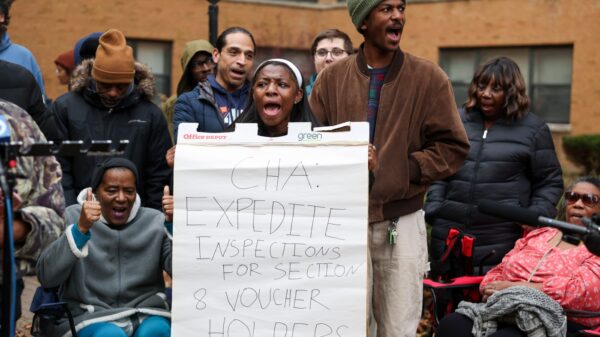UPDATE: The iconic headline “Ford to City: Drop Dead,” crafted by journalist William J. Brink exactly 50 years ago, continues to reverberate in today’s political landscape. First published on October 29, 1975, in The New York Daily News, this bold statement has transformed into a national symbol of rejection and defiance, echoing throughout media and politics.
This headline, synonymous with the phrase “No Way” or “Fuhgeddaboudit” in New York City, has not only stood the test of time but has resurfaced in various contexts across the country. Recently, outlets as diverse as The Char-Koosta News and a baseball newsletter have invoked its powerful message. The New York Post even revived it in March with the headline “Albany to Crime Victims: Drop Dead,” showcasing its lasting impact.
The headline gained renewed attention during the Trump era, with CNN Business referencing it in connection to National Guard troops in Portland and Chicago, illustrating the ongoing relevance of Brink’s words. Notably, the former president himself has been associated with similar sentiments, reinforcing the headline’s cultural significance in contemporary politics.
The phrase struck a chord during the 1976 presidential election, as then-President Gerald Ford faced backlash for denying federal aid to New York City during a fiscal crisis. Ford, while never having uttered the exact words, acknowledged that Brink’s headline contributed to his defeat against Jimmy Carter, making it one of the most memorable headlines in American media history.
So, why has this headline endured? Its stark simplicity captures the essence of political rejection and resonates deeply with audiences. As noted by Margalit Fox in Brink’s obituary for The New York Times, the headline delivers “the power of a knockout punch,” a sentiment that remains impactful in today’s media environment.
In an era where truth is often obscured, Brink’s headline served as a clear, powerful commentary during a time when news was more straightforward. The Daily News held significant influence with a circulation of around two million, establishing itself as the voice of New York’s working class.
As we reflect on this anniversary, the question arises: What does the future hold for such iconic journalism? Will the headline continue to shape political discourse, or will it evolve into a relic of the past? As discussions about federal aid and urban politics intensify, the legacy of “Ford to City: Drop Dead” is likely to resurface, reminding us of the potent intersection between media and politics.
Stay tuned for more updates on how this iconic headline continues to shape conversations around governance and public sentiment. The words of William J. Brink remain as relevant today as they were half a century ago, capturing the hearts and minds of a nation still grappling with issues of economic support and political accountability.


































































